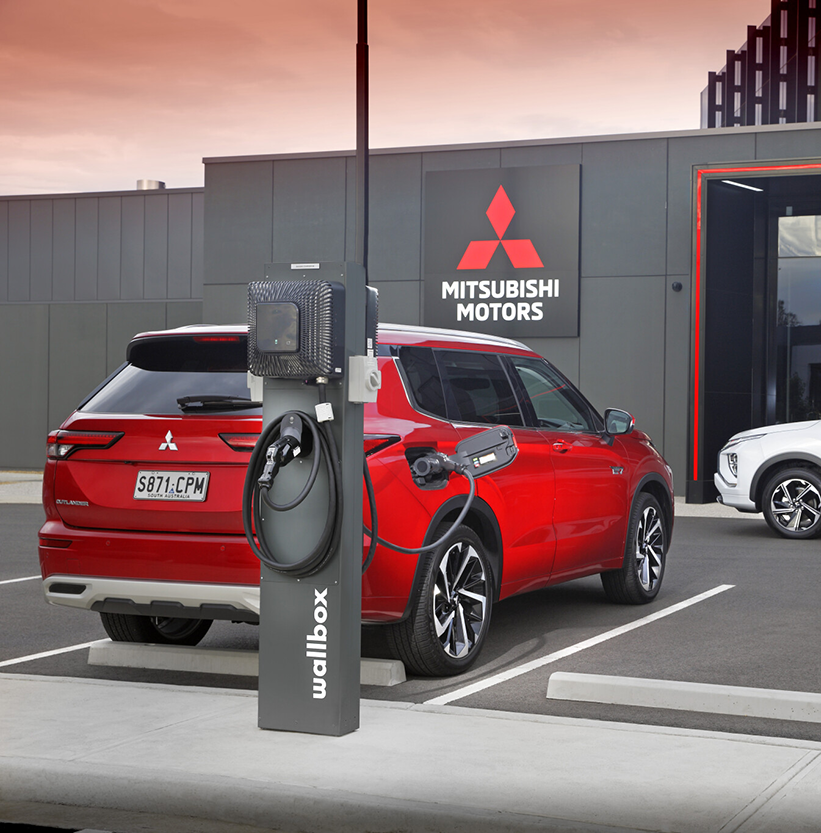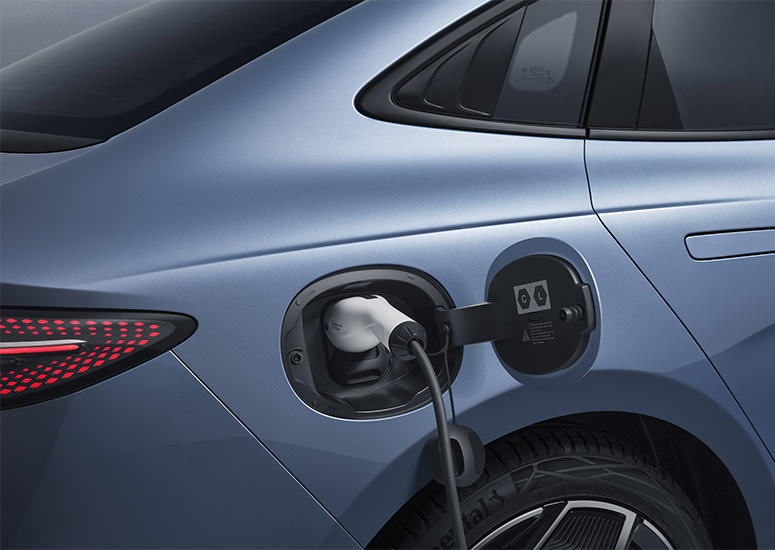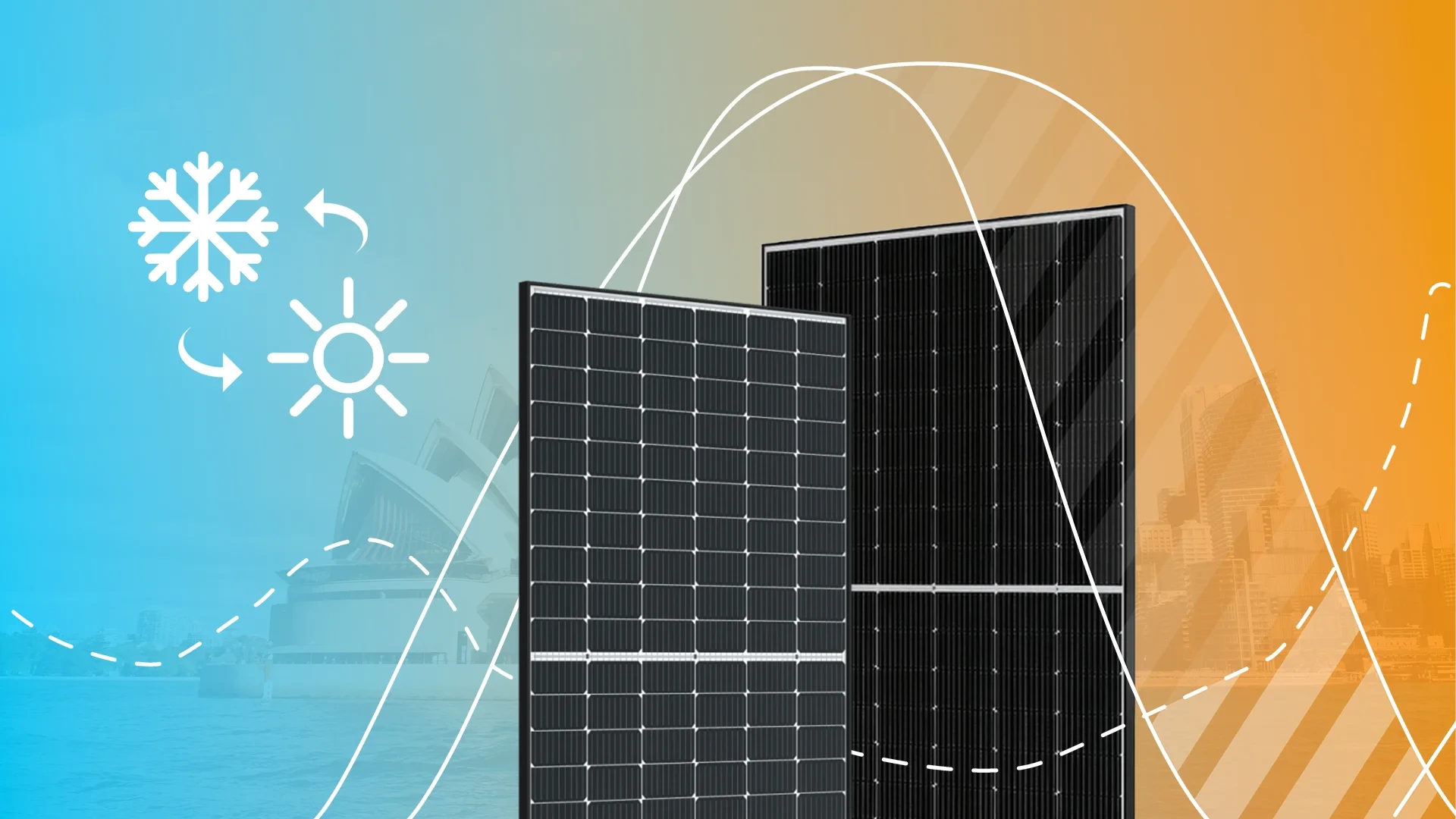Avoid the Rebate Rush: Book in Now for the NSW Battery Incentive
Avoid the Rebate Rush: Book in Now for the NSW Battery Incentive
Posted 30 Aug
Vehicle to Grid (V2G), Vehicle to Home (V2H), and Vehicle to Load (V2L) are all terms which involve the bidirectional flow of energy between electric vehicles, homes, and/or the grid. V2H and V2G are the 2 main terms, in which V2L is the parent term. These both involve the use of energy stored in electric vehicle batteries for power homes, feed back into the grid, or other various loads.
(V2G) Vehicle to Grid refers to the energy from the electric vehicle battery and outputting the energy into the grid using a vehicle to grid charger.
Electric Vehicle batteries can be charged with solar or low-tariff grid prices and discharged back into the grid at times of high
demand for rewards including deduction in your energy bill, and additional income, similar to solar feed-in-tariffs.
(V2H) Vehicle to Home or Vehicle-to-building (V2B), enables homes or buildings to be supported by the energy from EV batteries.
Due to the large batteries in EVs, this arrangement allows for a simple backup power solutions in times of grid outages or supplementation in high-demand periods.
Depending on the battery size and usage, this system could power a home for multiple days over extended outages.
(V2L) Vehicle-to-Load is the parent, broader term used for the using an electric vehicle to power any type of electrical load, outside just V2G and V2H. This can include any electrical load, from powering tools on a job site, to supporting emergency efforts with a large portable power bank.
The term V2L is more directed at the usefulness of using Electric vehicles as energy storage systems that can provide a range of solutions.
![]()
Both these terms apply to the same definition, an electric vehicle powering a load. Vehicle-to-X
and Vehicle-to-Load are both simply a two way flow of energy, similar to a phone being able to charge and discharge to another phone.
Being able to reverse the flow of power allows for a massive power bank ready to be used for a range of applications.

Each manufacturer and model will have unique vehicle-to-X capabilities, including V2H, V2G, V2L, V2V, and V2B, but this can get confusing really quickly. Instead of doing hours of research, we developed a reference table of some of the mainstream EVs that support vehicle-to-X technology.
Some vehicles like the Nissan Leaf, Mitsubishi PHEV, and Cupra Born EV support bidirectional charging which is compatible with Vehicle to Home, and some others only support Vehicle-to-Load to charge small appliances.
Currently, only South Australia has access to bidirectional charging for homes under trials. V2X technology is not available in Australia yet.
The below vehicle specifications are based on global datasheets, articles, and product pages and are not based on Australian versions of the vehicles. Australian electric vehicle may have different specifications. These are purely for reference.
|
|
|
|
|
|
|
|
| Hyundai Ioniq 5 | 72.6 kWh | N | N |
Y (3.6 kW AC) |
Y | N |
| Hyundai Ioniq 6 | 77.4 kWh | N | N |
Y (3.6 kW AC) |
Y | N |
| BYD Atto 3 | 60.48 kWh | N | N |
Y (2.2 kW AC) |
Y | N |
| BYD Dolphin | 60.4 kWh | N | N |
Y (2.2 kW AC) |
Y | N |
| BYD Seal | 82.5 kWh | N | N |
Y (3.6 kW AC) |
Y | N |
| Genesis GV60 | 77.4 kWh | N | N |
Y (3.6 kW AC) |
Y | N |
| Genesis GV80 | 87.2 kWh | N | N |
Y (3.6 kW AC) |
Y | N |
| Kia EV 6 | 77.4 kWh | N | N |
Y (3.6 kW AC) |
Y | N |
| Kia EV 9 Air / Earth | 76.1 kWh | Y | Y |
Y (3.6 kW AC) |
Y | N |
| Kia EV 9 GT-line | 99.8 kWh |
Y (11 kW AC) |
Y (11 kW AC) |
Y (3.6 kW AC) |
TBC | N |
| Kia Niro EV | 64.8 kWh | N | N |
Y (3.6 kW AC) |
Y | N |
| Mitsubishi Outlander | 20 kWh | Y | Y |
Y (1.5 kW AC) |
Y | N |
| MG4 | 47.4 kWh | N | N |
Y (2.2 kW AC) |
Y | N |
| MG ZS EV | 72.6 kWh | N | N |
Y (2.2 kW AC) |
Y | N |
| Nissan Leaf | 39 kWh |
Y (7 kW DC) |
Y (7 kW DC) |
- | Y | N |
| Nissan Leaf e+ | 59 kWh |
Y (7 kW DC) |
Y (7 kW DC) |
- | Y | N |
| Volkswagen ID.3 series | 77 kWh |
Y (DC) |
Y (DC) |
- | N | N |
| Volkswagen ID.4 series | 77 kWh |
Y (10 kW DC) |
Y (10 kW DC) |
- | N | N |
| Volkswagen ID.5 series | 77 kWh |
Y (10 kW DC) |
Y (10 kW DC) |
- | N | N |
| Volkswagen ID.7 series | 82 kWh |
Y (10 kW DC) |
Y (10 kW DC) |
- | N | N |
| Ford F-150 Lightning | 131 kWh | N |
Y (9.6 kW AC) |
Y (2.4 kW AC) |
Y | N |
| Tesla Cybertruck | 123 kWh | N |
Y (11.5 kW) |
Y (2.4 - 9.6 kW AC) |
N | N |
| Cupra Born EV | 58 - 77 kWh | Y | Y | N | Y | N |
| Renault 5 E-Tech | 40 - 52 kWh |
Y (11 kW AC) |
Y (11 kW AC) |
Y (3.7 kW AC) |
N | N |
| Lucid Air Pure | 94 kWh | Y | Y | Y | N | N |
| Lucid Air Grand Touring | 114 kWh | Y | Y | Y | N | N |
| Polestar 3 Long Range | 111 kWh |
Y (11 kW AC) |
Y (11 kW AC) |
Y (11 kW AC) |
Y | N |
| Volvo EX90 Twin Motor | 111 kWh |
Y (11 kW AC) |
Y (11 kW AC) |
Y (11 kW AC) |
N | N |
| Alpine A290 | 52 kWh |
Y (11 kW AC) |
Y (11 kW AC) |
Y (3.7 kW AC) |
N | N |

The only current available bidirectional charger available in Australia is the Wallbox Quasar 1 which has been discontinued and will eventually be replaced by the recently announced Wallbox Quasar 2. Wallbox have only announced the Quasar, but no official release dates as of this article.
Currently, the only vehicle-to-grid charger available in the Australian market that is compatible is the Wallbox Quasar 2 that supports bidirectional charging for V2H & V2G. However, the Wallbox Quasar 2 has not been released in Australia.
If an Electric Vehicle is subject to V2G or V2H, it can decrease the life span due to the higher frequent usage of the V2G battery. However, there are controllable methods to ensure the battery is regulated, so the lifespan is not greatly impacted.
Your vehicle's battery degradation will mostly depend on a few factors, your build quality and capacity of your EV battery, consumption habits, and discharge rates.

Most homes are on single-phase which allows for a maximum of 7.4kW charging to your electric vehicle, but will this be the same in exporting back into the grid? EV manufacturers may design their vehicles with discharge limits to protect faster battery degradation, and may even decide to not integrate this technology in the first place.
We predict that this technology will explode in popularity and become available amongst Australians.
Currently, South Australia leads the charge (no pun intended) for early adopters who are investing in Vehicle to Grid compatible EV's and chargers.

Solar will play a large part in the uptake of this technology, as the community begin to realise that they can charge their electric
vehicles using pure solar energy.
This not only allows for free fuel, but can act as a mobile home battery for use at night instead of costly grid energy.
Being able to export the free solar energy you harnessed throughout the day at night when demand is high, you can take advantage of on-peak periods and earn further rewards.
This not only benefits users, but also contributes to grid stability, using the excess energy we have throughout the day for use at times when the sun is down.
Being able to produce your own energy, store it, and be self-sufficient and/or feed the grid allows homes to be a Virtual Power Plant. Amber are currently trialing out this technology..
V2G goes hand in hand with another acronym, VPPs; Virtual Power Plants and refers to the situation where many discrete energy sources like homes with batteries of one kind or another are orchestrated by internet borne computer algorithms to either soak up excess energy on the grid like on a sunny day and provide the grid with supplementary energy to the grid in times of need.
Naturally big batteries will be able to supply and receive more energy and improve the grid stabilising effect and quite often its not large swathes of energy that are required but suitably timed large bursts of power either imported or exported; something an EV battery was designed for.


As this technology and market is in its infancy, there currently isn't a lot of technology available around bidirectional charging.
However, we are starting to see EV manufacturers start to roll this integration out in newer EVs with more involvement of stakeholders.
Currently, we don't have a direct answer on why this technology isn't being rapidly adopted yet, but we have a few reasons that may be
contributing to the delay.
Factors like charging standards like CCS, converting to bidirectional charging capabilities, current low demand, and the fact this
technology is still in testing and is too premature for mass-adoption.
With EV manufacturers slowly rolling out this technology, most companies are planning on having in their Electric vehicles by or in 2025, including Tesla.
Whilst we see this technology become more available over the coming years, we see promising features that would allow for flexible energy production, storage, and consumption for all types of properties across Australia. We can only wait until the market arises and increases demand for bidirectional charging capabilities.

Explore how daylight savings and seasonal changes during winter and summer can affect your solar panels performance and solar generation in NSW, Australia.

Deciding whether to get off-grid solar and battery? Explore the benefits of complete off-grid electricity, and if getting an off the grid energy system is right for you.
Leave a Comment